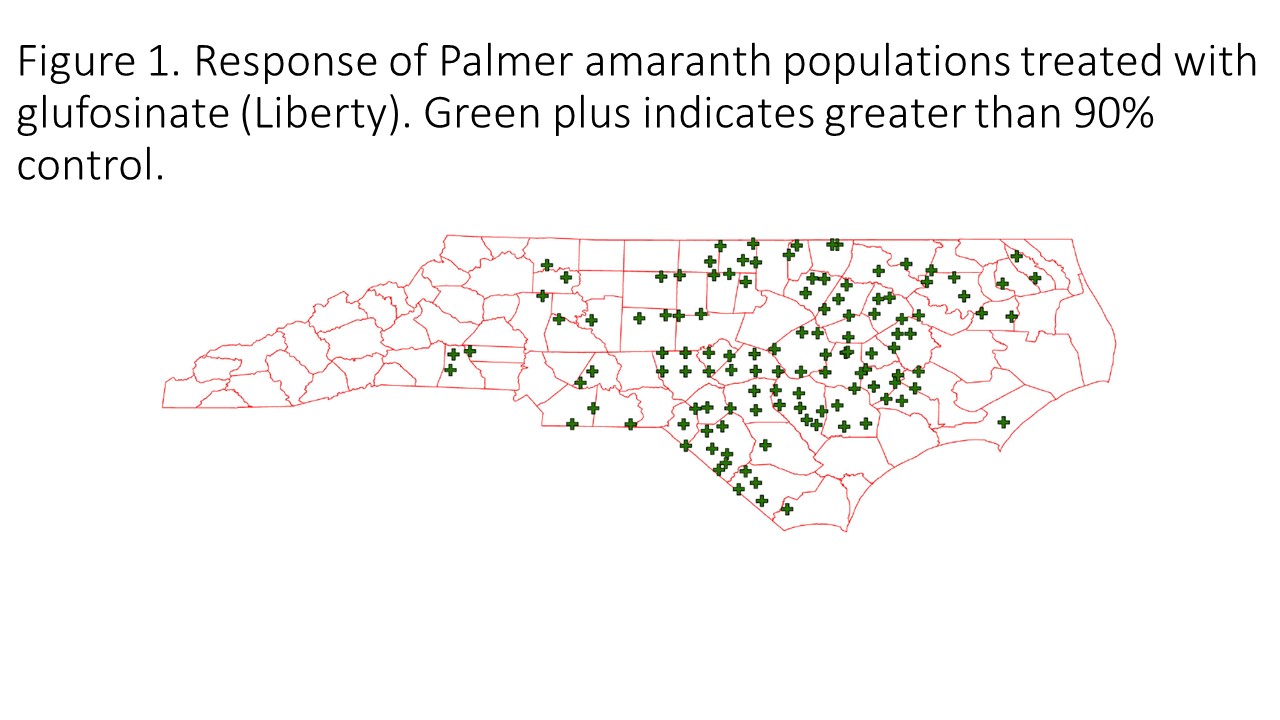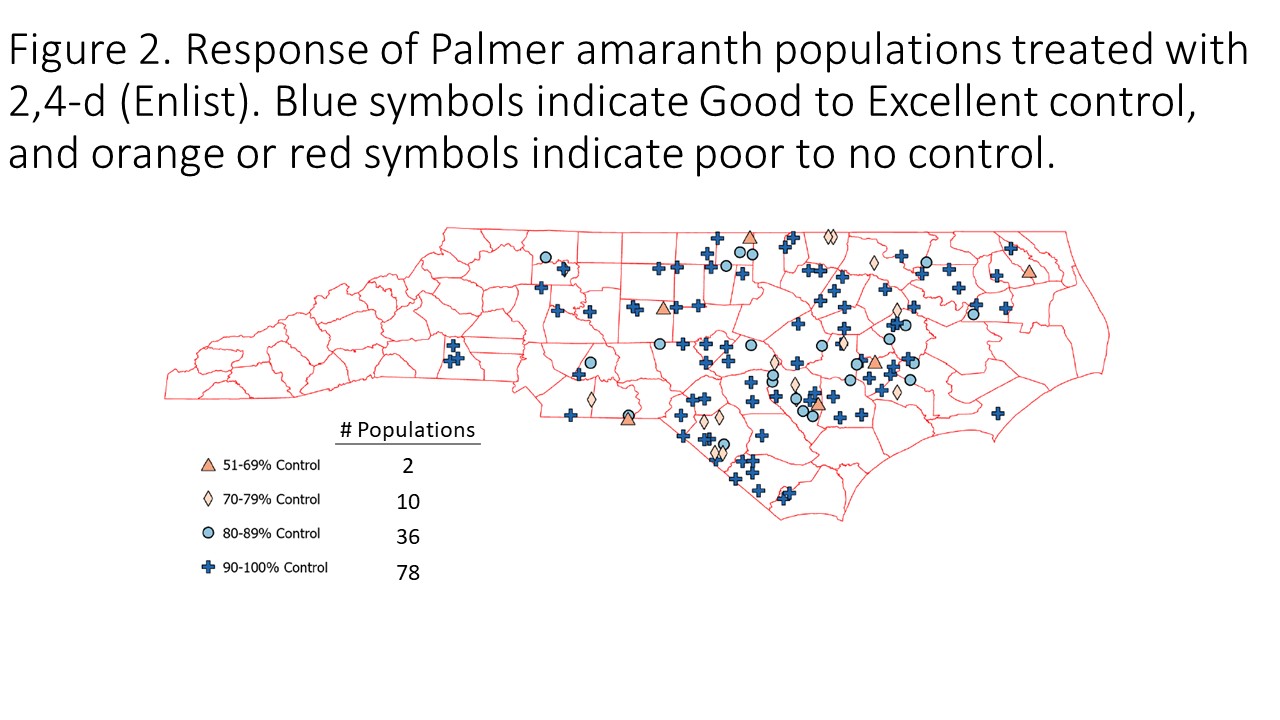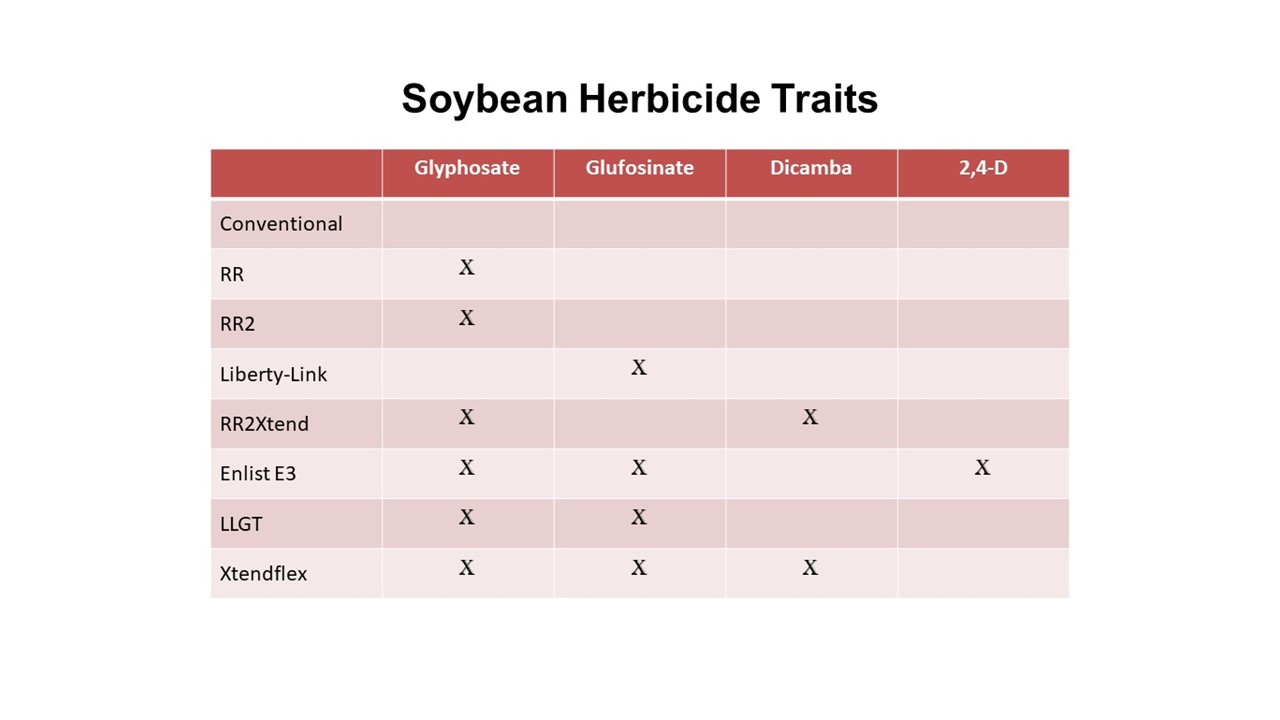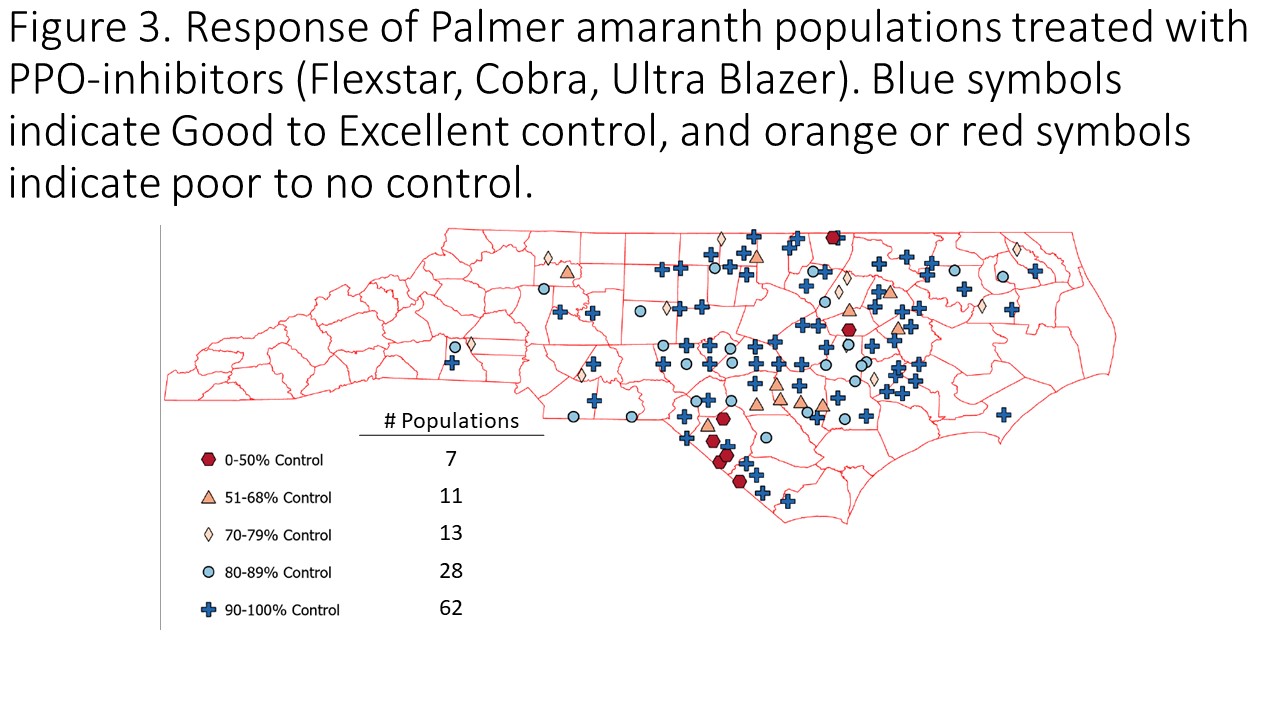Dicamba Labels Are Vacated, What Will We Do in Soybean?
go.ncsu.edu/readext?985620
en Español / em Português
El inglés es el idioma de control de esta página. En la medida en que haya algún conflicto entre la traducción al inglés y la traducción, el inglés prevalece.
Al hacer clic en el enlace de traducción se activa un servicio de traducción gratuito para convertir la página al español. Al igual que con cualquier traducción por Internet, la conversión no es sensible al contexto y puede que no traduzca el texto en su significado original. NC State Extension no garantiza la exactitud del texto traducido. Por favor, tenga en cuenta que algunas aplicaciones y/o servicios pueden no funcionar como se espera cuando se traducen.
Português
Inglês é o idioma de controle desta página. Na medida que haja algum conflito entre o texto original em Inglês e a tradução, o Inglês prevalece.
Ao clicar no link de tradução, um serviço gratuito de tradução será ativado para converter a página para o Português. Como em qualquer tradução pela internet, a conversão não é sensivel ao contexto e pode não ocorrer a tradução para o significado orginal. O serviço de Extensão da Carolina do Norte (NC State Extension) não garante a exatidão do texto traduzido. Por favor, observe que algumas funções ou serviços podem não funcionar como esperado após a tradução.
English
English is the controlling language of this page. To the extent there is any conflict between the English text and the translation, English controls.
Clicking on the translation link activates a free translation service to convert the page to Spanish. As with any Internet translation, the conversion is not context-sensitive and may not translate the text to its original meaning. NC State Extension does not guarantee the accuracy of the translated text. Please note that some applications and/or services may not function as expected when translated.
Collapse ▲You have probably heard the news about the federal court in Arizona vacating the labels for over the top use of dicamba in soybean and cotton for Xtendimax, Engenia, and Tavium. You can read the order online. In North Carolina, Charlie Cahoon and I are working on plans to train growers and advise as more information becomes available. What does this mean for North Carolina soybean producers? We do not know yet. We have to wait to see what the EPA response is, and while there are a number of outcomes that we could speculate about, we will not here. We need to wait, but we can start to make a plan going forward.
First, we want to consider what our options are for this year. Most of you have bought your seed and chemical for the year. I highly doubt we can swap enough seed technology this year, and additionally, many of our Xtend soybean varieties are proven to perform well in North Carolina. So we will likely move forward with the seed we already have. If you have Enlist seed, this article can still help plan your management program, you will just have one more POST option at your disposal. If you are using Xtend or Xtendflex soybean seed, we may need to find alternative herbicide options for control if nothing changes prior to the season. We use dicamba primarily to control our Palmer amaranth populations. Through research funded by the North Carolina Soybean Producers Association, we have mapped Palmer amaranth population response to common POST herbicides. The distribution maps show areas of concern occur (red and orange) and where we get good control (blue) with each herbicide. The results of this research show we have excellent control of Palmer amaranth statewide with glufosinate (Figure 1) and 2,4-d (Figure 2), and mixed results with PPO-inhibitors POST (Figure 3). You should have a good idea what works in your fields, but you can use the figures for an idea what may be an issue nearby. Both Xendflex and Enlist soybean have the Liberty Link trait in them, and this may be a good option this season. However, it is important to note that the PPO-inhibitors such as Flexstar, Cobra, and Ultra Blazer are still excellent options in most of the state and can be applied to any soybean variety.


Additional research we have conducted with the support of the NC Soybean Producers Association looked at weed management in the absence of auxin herbicides. This study examined 48 combinations of herbicides to determine which provided the best control of Palmer amaranth in the absence of auxins. The study was set up as a factorial with four preemergence (PRE) options, four early postemergence (EPOST) options, and three late postemergence (LPOST) options. Differences were observed following the various PRE herbicides, however once POST applications were made, no differences in control were observed as long as a PRE herbicide was used at planting. A strong PRE program will give the best overall results with late season control, and ultimately Palmer amaranth control was greatest when a PRE was followed by a POST (either EPOST or LPOST). Liberty and Flexstar provided similar control as a sequential application in our studies because resistance to these herbicides was not present, and because a residual herbicide was used either PRE or in the EPOST application.
The bottom line: The sky is not falling. We have options that are effective in soybean, and we know where and how to use them. We can get excellent weed control, including Palmer amaranth, in Xtend and Xtendflex soybean without using dicamba. First, do not use dicamba if the labels remain vacated! Second, we need to utilize a strong PRE program with flumioxazin or metribuzin in the mix, implement PRE herbicides in your first POST application regardless of POST herbicide program used to help with residual control in crop. Third, timely applications are always important, but when using Liberty or PPO-inhibitors, it will be especially critical to spray weeds when they are small. Using PRE herbicides at planting and in the first POST application will help reduce the number of Palmer amaranth you are trying to control with a follow up POST application, if needed. And finally, please also keep in mind that Xtend soybeans do not have the Liberty Link trait, meaning you cannot apply Liberty to Xtend soybean. You can apply Liberty to Xtendflex, Enlist, and Liberty Link soybean varieties only. Check your seed bags to make sure you have your traits right before you spray.



